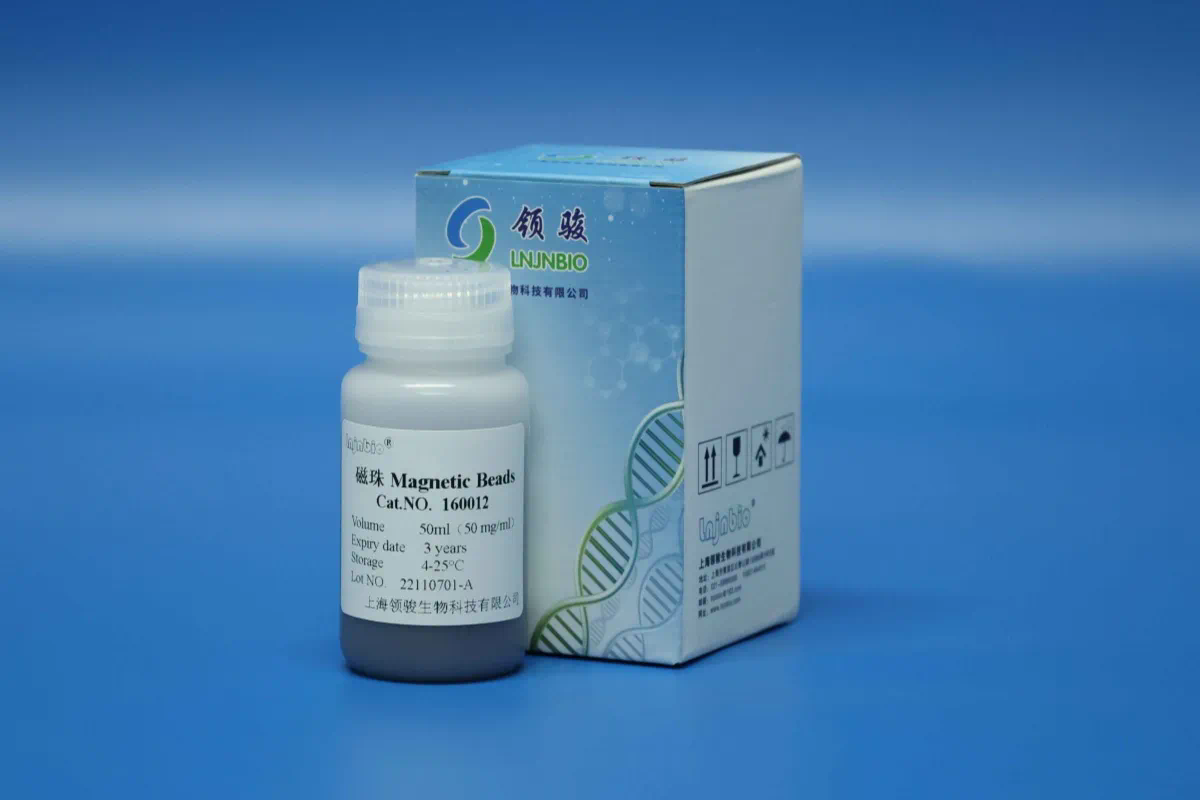In the rapidly evolving field of 3D printing, selecting the right material for your project is crucial. The choice of material can influence the final outcome, durability, and functionality of the printed object. With a plethora of materials available, each with its unique set of characteristics, it can be overwhelming to laser engrave machine determine which one is best suited for your specific needs. In this article, we will explore some of the most commonly used 3D printing materials and their applications to help you make an informed decision.
PLA (Polylactic Acid)
One of the most popular materials in the world of 3D printing is PLA, or Polylactic Acid. Derived from renewable resources such as cornstarch or sugarcane, PLA is widely used due to its ease of use, low melting point, and biodegradability. It is an excellent choice for beginners and hobbyists as it requires minimal post-processing. PLA is commonly used for prototyping, decorative prints, and objects that do not require high mechanical strength.
ABS (Acrylonitrile Butadiene Styrene)
ABS is another commonly used material in 3D printing. Known for its strength, durability, and heat resistance, ABS is often preferred for functional parts and engineering prototypes. It has a higher melting point compared to PLA, making it suitable for applications that involve exposure to higher temperatures. However, ABS can be more challenging to print due to its tendency to warp during cooling, requiring a heated print bed or an enclosure to maintain optimal printing conditions.
PETG (Polyethylene Terephthalate Glycol-Modified)
PETG is a versatile 3D printing material that combines the best properties of both PLA and ABS. It offers good impact strength, flexibility, and chemical resistance. PETG prints have excellent layer adhesion and are less prone to warping compared to ABS. It is commonly used for functional prototypes, mechanical parts, and objects that require durability and toughness. PETG is also food-safe and can be used for creating containers or utensils.
Nylon
Nylon is a durable and versatile material widely used in industrial applications. It offers exceptional strength, impact resistance, and flexibility. Nylon prints have excellent layer adhesion and can withstand high levels of stress. It is commonly used for functional prototypes, gears, brackets, and parts that require high mechanical strength. However, nylon requires specific printing conditions, such as a heated chamber, to minimize warping and ensure optimal print quality.
TPU (Thermoplastic Polyurethane)
TPU is a flexible filament known for its rubber-like properties. It is highly elastic, resistant to abrasion, and has excellent shock absorption. TPU is commonly used for creating objects that require flexibility and impact resistance, such as phone cases, shoe soles, and seals. It can be printed with various shore hardness levels, allowing for customization based on the desired level of flexibility. TPU requires specialized settings, such as slower print speeds, to achieve optimal results.
Metal Filaments
For applications that require the strength and aesthetic appeal of metal, metal filaments provide an alternative to traditional metal fabrication. These filaments consist of metal particles suspended in a thermoplastic matrix. Popular metal filaments include copper, bronze, and stainless steel. While metal filaments can produce impressive results, they require a printer with a hardened nozzle and may require post-processing steps like polishing or plating to achieve the desired finish.
Selecting the right 3D printing material is crucial for achieving the desired outcome of your project. It is essential to consider factors such as strength, durability, flexibility, and printing requirements when choosing a material. PLA, ABS, PETG, nylon, TPU, and metal filaments are just a few examples of the wide range of materials available in the world of 3D printing. Each material has its strengths and weaknesses, making it important to assess your project’s specific needs before making a decision. With careful consideration, you can choose the best material that will bring your 3D printing project to life.
.webp)



